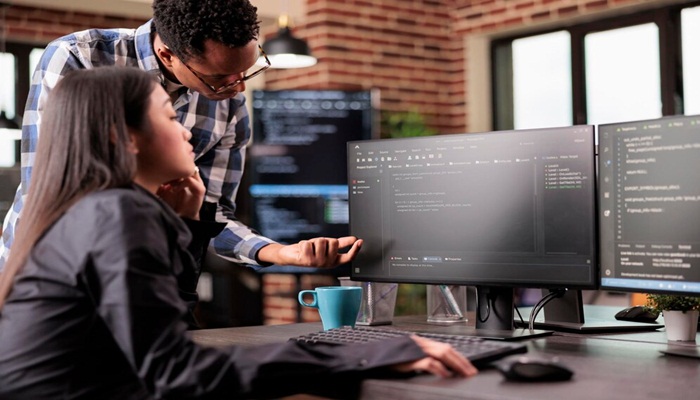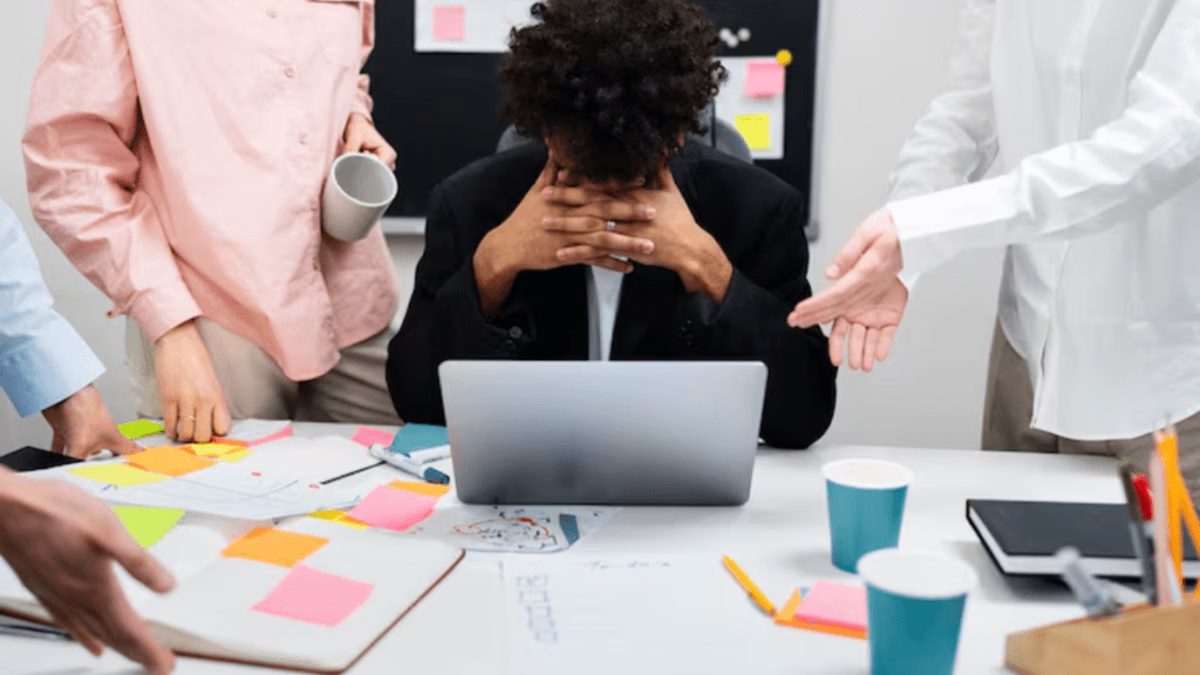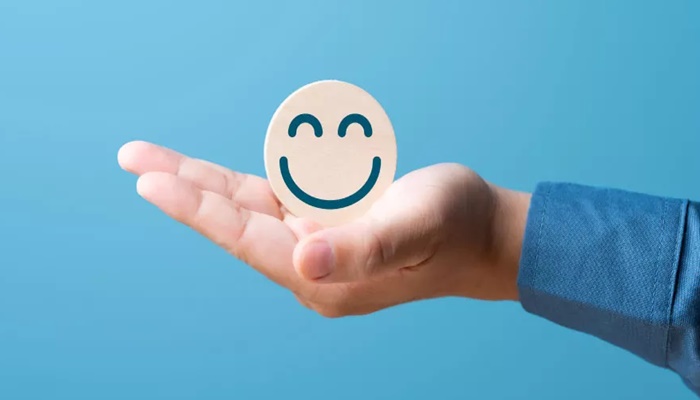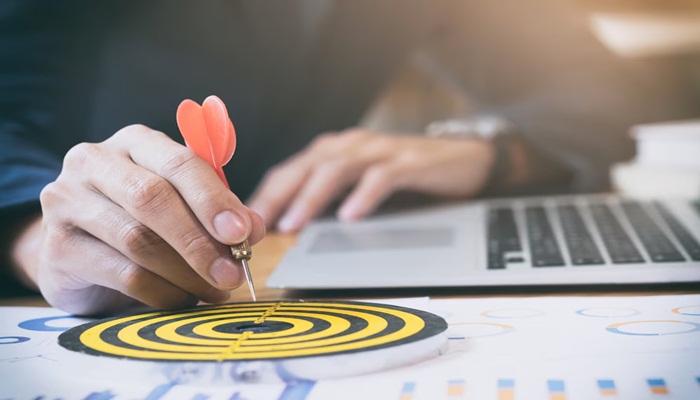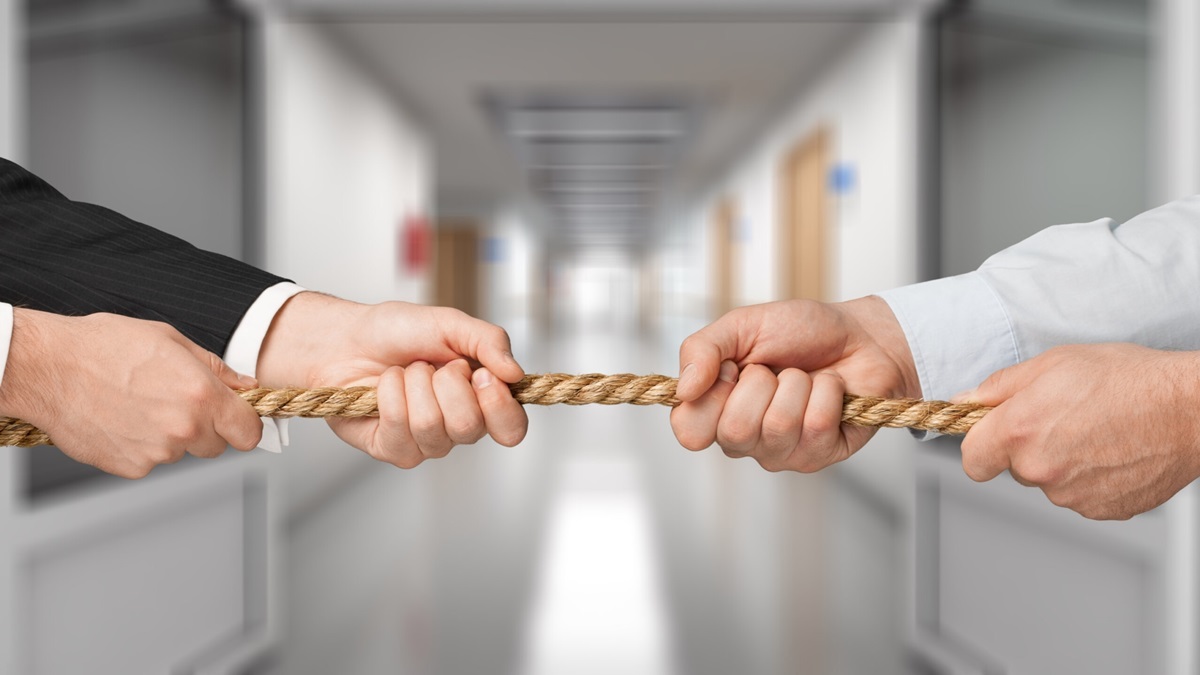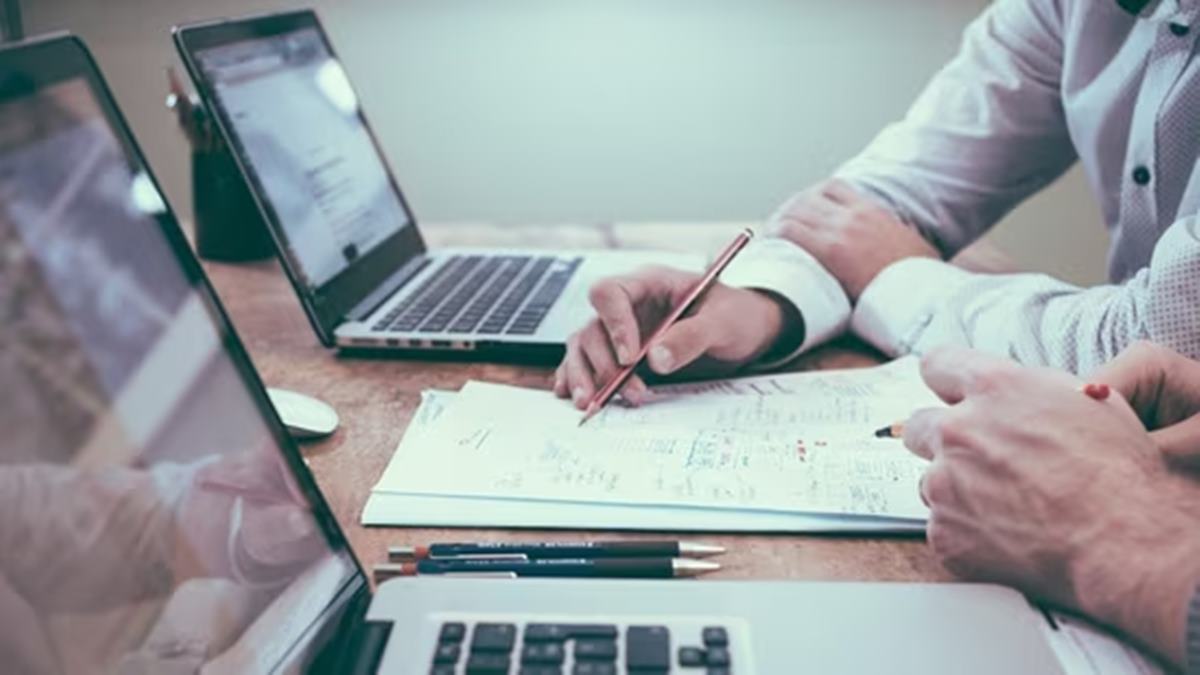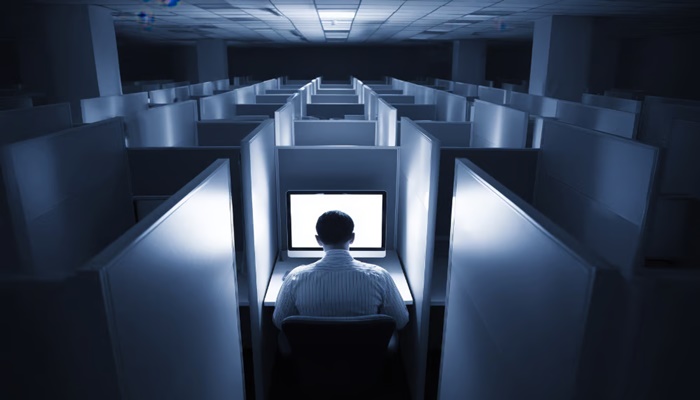Work can be all-consuming sometimes, keeping you glued to your desk, and even when you do step away, are you really taking a true break, or just replying to work texts and calls on the go? This constant engagement results in fatigue. Breaks become an extension of work in disguise, and even if you do wish to take a proper pause, the fear of falling behind on your workload pulls you right back into the grind. Micro-break is one of the solutions to disconnect and take a brief pause to step back and reset for better clarity at work.
Dr Ajit Dandekar, Head of Mental Health (Psychiatry & Psychology) at Nanavati Max Super Speciality Hospital in Mumbai, shared that a microbreak is a short break that acts as a mental and physical reset.
Further describing what a microbreak looks like, Dr Dandekar explained, “A break is a short period during the workday when an individual steps away from their ongoing task. Specifically, micro breaks refer to brief pauses ranging from 30 seconds to 5 minutes. These quick interludes are designed to allow a mental and physical reset without significantly disrupting workflow.”
Benefits of taking microbreaks at work
Even if the idea of taking a break feels intimidating when you are knee-deep in work, the benefits far outweigh the perceived passivity of a brief pause. Microbreaks help to support long-term productivity very well. Dr Ajit Dandekar listed out 5 benefits of microbreaks for mental wellbeing and work performance at office:
1. Boost cognitive function
- Micro breaks help reduce mental fatigue and improve concentration.
- When the brain gets short rest periods, it performs better in tasks requiring attention, memory, and problem-solving.
- Just a few seconds of looking away from the screen or taking deep breaths can restore alertness and prevent mental overload.
2. Support emotional regulation
- Prolonged work without breaks can lead to stress, irritability, and emotional exhaustion. Micro breaks serve as small opportunities to reset emotionally.
- Taking time for a short walk, deep breathing, or even casual conversation helps regulate mood, reduce anxiety, and maintain emotional balance.
3. Improved work productivity
- Contrary to the belief that taking breaks wastes time, short pauses actually help maintain consistent productivity levels over the day.
- They reduce the risk of burnout and allow employees to return to work refreshed and focused.
4. Better physical health
- For individuals in sedentary jobs, such as those working long hours at a desk or computer, micro breaks reduce physical fatigue.
- Standing up, stretching, or walking prevents stiffness, backaches, and ergonomic injuries caused by poor posture and repetitive strain.
5. Enhanced workplace morale
- Encouraging micro breaks contributes to a more positive and humane work culture.
- It promotes mindfulness, encourages social interaction, and fosters a sense of care and self-awareness among employees.
3 practical strategies on how to include micro breaks at workplace
In screen-heavy workplaces with workflows demanding high performance, the simple idea of a microbreak often fails to come to fruition, especially when you are worried about falling behind or so swallowed by tasks that pausing feels impossible. Further, in today’s hyper-connected workplaces, work feels like it’s constantly breathing down your neck, whether it’s casual reminders from colleagues sitting at the next desk or phone notifications. But despite this, there are easy ways to include microbreaks into your day.
Shruti Swaroop, Founder of Embrace Consulting & Co-Founder of International Inclusion Alliance, reminded that microbreaks help eliminate mental exhaustion. She added, “Microbreaks eliminate mental exhaustion and prevent burnout, particularly when high-performance or digitally loaded settings are the case.”
Shruti shared 3 practical tips on how you can easily take a micro-break while working:
1. 20-20-20 rule
- Computer vision syndrome, induced by extended screen use, is arguably the most prevalent condition in contemporary offices. The 20-20-20 rule is a very easy but very effective technique recommended by ophthalmologists.
- It involves gazing at something 20 feet away every 20 minutes. For a minimum of 20 seconds.
- This is a brain reboot as well as an eye reliever and can heal dry eyes. The brief alteration of focus allows the brain to refocus and breaks the screen hypnotic trance.
- Posters and reminders can be put up around the office to encourage the practice.
2. 60-second mindfulness or breathing exercises
- Stress loops can be broken and focus brought back to the present moment through a simple 60-second breathing exercise.
- One of the most common strategies is one minute of belly breathing. Breathe in for four, hold for seven, and exhale for eight is referred to as the 4-7-8 method.
3. Small doses of physical activity
- Extended periods of sitting down have negative impacts on the body, including impaired blood circulation and neck and lower back strain. By altering physical states, movement increases blood flow, improves concentration, and even stimulates new ideas.
- Short, tangible “movement snacks” are necessary. They are short bursts of action inserted in the work environment, not exercise.
- Consider stretching and standing for one to two minutes every hour, taking a few flights of stairs or walking around the work environment. Shoulder shrugs between tasks or reaching for your water bottle across a far.
- Companies can promote movement in the workplace. Managers can lead phone call walks or walking-in meetings. Offices must be designed with openness to allow for movement. Companies can also schedule two-minute stretch breaks.
Microbreaks need to be personalised
With so much glorification of the grind becoming the norm, powering through deadlines and assignments may feel like productivity. But it, in fact, results in burnout and reduces output quality.
Kapil Gupta, Mental Health Activist & Founder, Solh Wellness, shared how micro-breaks at work are essential, even for high-performers. He said, “Micro breaks at work aren’t indulgence, they’re maintenance. Not luxury, but lubrication. Even a high-performance car can’t run at 200 km/h forever; it overheats, malfunctions, and crashes. You burn out from doing too much, for too long, without pause, perspective, or breath.”
Microbreaks need to be attuned to professional needs, as every job role has a different kind of mental strain. Kapil explained, “Not every brain works the same, and not every job demands the same fuel. A software coder’s mental fatigue is different from a nurse on night shift. A content creator may need creative recovery; a trader may need sensory silence. Real productivity isn’t about pushing harder. It’s about knowing when to pause. The best professionals aren’t those who hustle non-stop — they’re the ones who recover smart.”
Real productivity is all about working smart and knowing when to pause and recharge.
Note to readers: This article is for informational purposes only and not a substitute for professional medical advice. Always seek the advice of your doctor with any questions about a medical condition.



